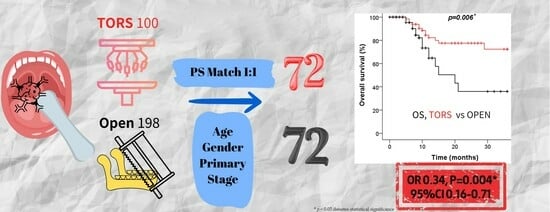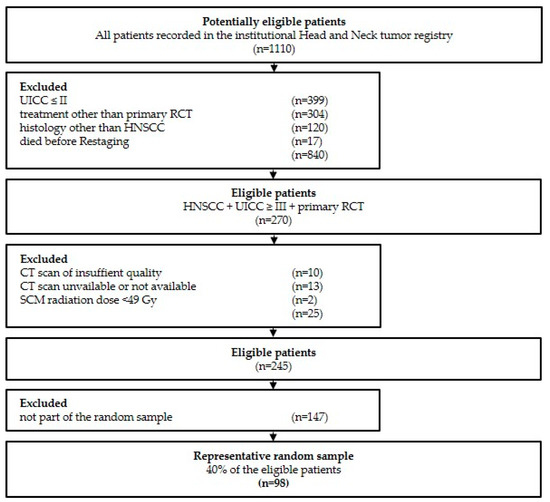Advances in Diagnostics and Treatment of Head and Neck Cancer
A topical collection in Cancers (ISSN 2072-6694). This collection belongs to the section "Cancer Therapy".
Viewed by 12920Editor
Interests: head and neck cancer; surgical treatment; new therapeutic targets; molecular diagnosis; rehabilitation; quality of life
Topical Collection Information
Dear Colleagues,
Head and neck cancer is the seventh most common cancer worldwide. Overall, the 5-year survival rate has substantially improved for head and neck cancer patients over the past decade. Among other factors, this is also due to new treatment options such as PD-1–directed immune-checkpoint inhibitor therapy. However, only a small group of patients currently benefit from immune-checkpoint inhibitor therapy. Furthermore, a 5-year survival rate of 65% for head and neck cancer may still be considered relatively low. Advances in diagnostics and treatment of head and neck cancer are necessary to improve the survival rate as well as the patient’s quality of life further.
This special Issue aims to provide an overview of new knowledge and research fields in head and neck cancer therapy and diagnostics. In addition, it is intended to give an overview of prevention and rehabilitation programs and the impact of treatment on patients’ quality of life.
In this Special Issue, original research articles and reviews are welcome. Research areas may include (but are not limited to) the following: clinical and radiological as well as molecular diagnosis and classification, surgical treatment, chemotherapy, radiotherapy, tumor-treating fields, immunotherapy, novel drug development, clinical trials, rehabilitation, sociopsychological aspects of oncological patients, cognition and quality of life.
Dr. Wenko Smolka
Guest Editor
Manuscript Submission Information
Manuscripts should be submitted online at www.mdpi.com by registering and logging in to this website. Once you are registered, click here to go to the submission form. Manuscripts can be submitted until the deadline. All submissions that pass pre-check are peer-reviewed. Accepted papers will be published continuously in the journal (as soon as accepted) and will be listed together on the collection website. Research articles, review articles as well as communications are invited. For planned papers, a title and short abstract (about 100 words) can be sent to the Editorial Office for announcement on this website.
Submitted manuscripts should not have been published previously, nor be under consideration for publication elsewhere (except conference proceedings papers). All manuscripts are thoroughly refereed through a single-blind peer-review process. A guide for authors and other relevant information for submission of manuscripts is available on the Instructions for Authors page. Cancers is an international peer-reviewed open access semimonthly journal published by MDPI.
Please visit the Instructions for Authors page before submitting a manuscript. The Article Processing Charge (APC) for publication in this open access journal is 2900 CHF (Swiss Francs). Submitted papers should be well formatted and use good English. Authors may use MDPI's English editing service prior to publication or during author revisions.
Keywords
- head and neck cancer
- surgical treatment
- radiotherapy
- chemotherapy
- immunotherapy
- molecular diagnosis
- rehabilitation
- quality of life
















